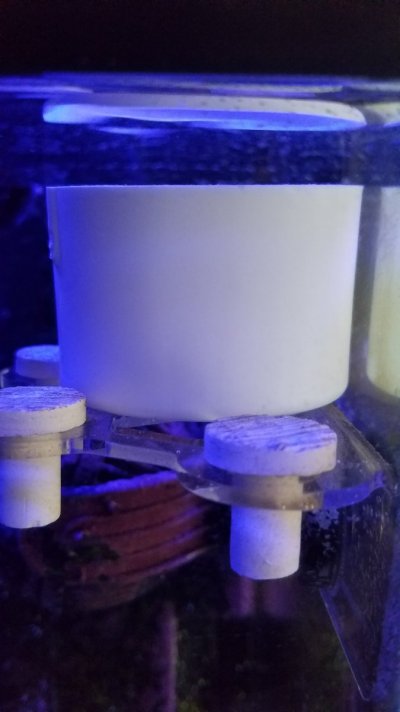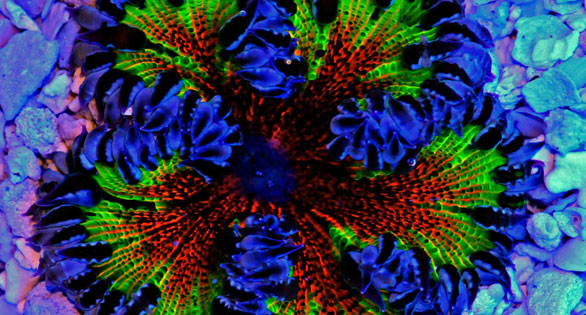- Joined
- Nov 12, 2019
- Messages
- 100
- Reaction score
- 115
Hi everyone. Thanks so much for all the helpful info. Im still making my way through the thread, but have a question that hopefully hasnt been asked/answered yet.
Do yhe various sub species of RFAs interbreed at all? I am looking to breed them, but the best source of affordable and brightly coloured nems in my area claims that his are from the Indian Ocean. It seems like most RFAs in Canada/USA are from the Carribean.
Does anyone have any experience with keeping and/or breeding the Indian Ocean variety?
Do yhe various sub species of RFAs interbreed at all? I am looking to breed them, but the best source of affordable and brightly coloured nems in my area claims that his are from the Indian Ocean. It seems like most RFAs in Canada/USA are from the Carribean.
Does anyone have any experience with keeping and/or breeding the Indian Ocean variety?






















